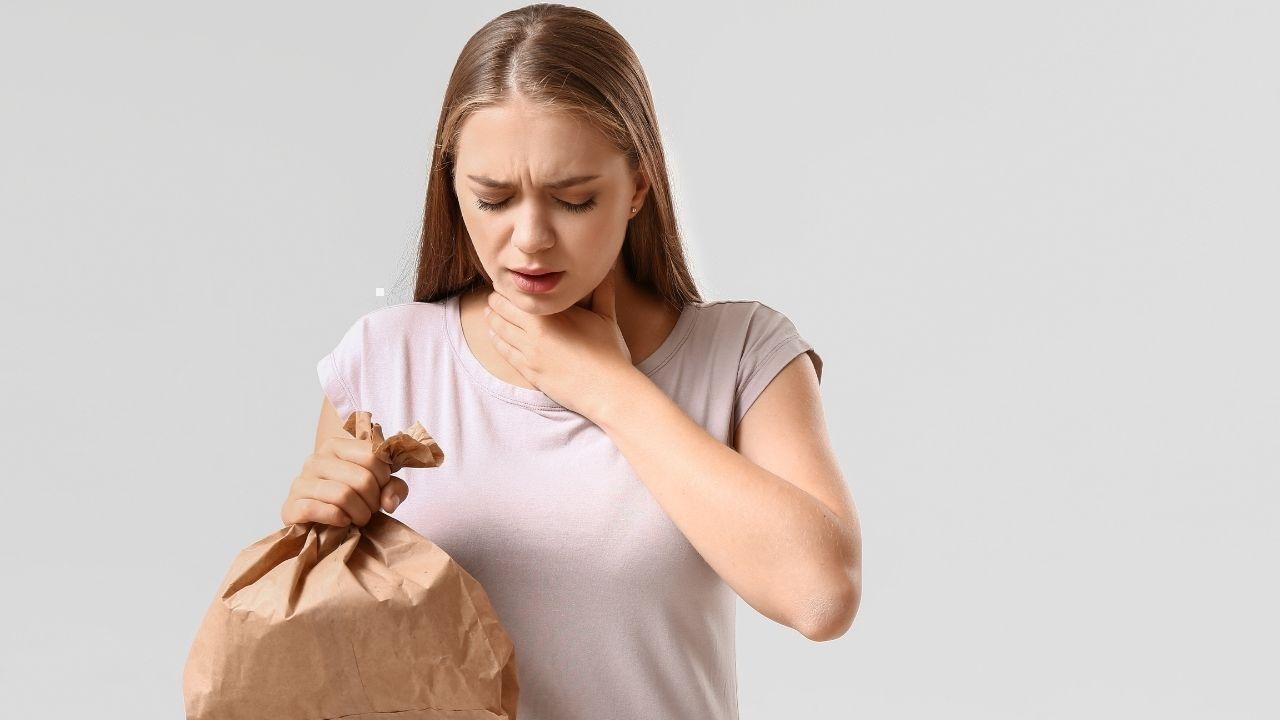
Post by : Mikhael Al-Saeed
Have you ever been overwhelmed by a sudden inability to catch your breath — a tight chest, a racing pulse, and the odd sensation that inhaling deeply still doesn’t bring relief? Many people fear a heart or lung problem, but in many cases the cause is psychological: anxiety.
This episode is commonly called hyperventilation. Stress or panic can alter breathing patterns and produce intense physical sensations. Fortunately, understanding the mechanism makes it easier to manage these attacks.
Hyperventilation refers to breathing that is faster or deeper than the body needs. It frequently occurs during moments of anxiety or fear and causes excess oxygen intake while expelling too much carbon dioxide.
When blood carbon dioxide falls, the brain can misinterpret the signals and trigger a sense of breathlessness — even though you are breathing more than usual.
Common symptoms include:
Chest tightness or difficulty breathing
Dizziness or feeling light-headed
Tingling around the mouth, fingers or toes
An accelerated heartbeat
A sense of faintness or detachment
These sensations can mimic more serious conditions, which may increase panic and worsen breathing problems.
Anxiety activates the body’s fight-or-flight system: heart rate rises, muscles tense, and breathing quickens to prepare for action.
Modern stressors — work pressure, exams or personal worries — can trigger the same biological response even when physical exertion isn’t needed. The result is faster breathing that the body does not require.
The cycle often follows this pattern:
Anxiety → Rapid breathing → Lightheadedness → Rising panic → Even faster breathing
Interrupting this loop early and reassuring yourself that you are not in immediate danger helps restore steadier breathing.
Hyperventilation-related breathlessness can resemble asthma, but some distinctions can help you tell them apart:
| Feature | Anxiety / Hyperventilation | Asthma |
|---|---|---|
| Onset | Quick onset during stress or panic | Often follows exposure to triggers like allergens, cold air or exercise |
| Breathing sound | Rapid, shallow breaths without wheeze | Wheezing or whistling sounds when breathing |
| Relief | Usually improves with breathing techniques and relaxation | Typically requires bronchodilators or prescribed medication |
| Oxygen level | Generally remains within normal range | May fall during severe asthma episodes |
If you are unsure which condition is responsible, consult a clinician for an accurate assessment.
A hyperventilation episode can feel overwhelming, but a few simple steps can quickly bring your breathing back under control.
Inhale slowly through your nose for 4 seconds
Hold your breath for 7 seconds
Exhale gently through your mouth for 8 seconds
Repeat for several cycles
This sequence helps slow breathing and rebalances oxygen and carbon dioxide levels.
Cover your mouth and nose with cupped hands and breathe slowly. Rebreathing a little of the exhaled air can restore carbon dioxide and reduce lightheadedness.
Shift attention away from breathing by focusing on the present environment:
5 things you can see
4 things you can touch
3 things you can hear
2 things you can smell
1 thing you can taste
Grounding exercises help interrupt the panic response and bring attention back to the here and now.
Regular practices such as yoga, walking, or meditation reduce baseline stress and support healthier breathing patterns over time.
Short-term breathing techniques are valuable, but long-term strategies produce lasting benefit.
Useful approaches include:
Therapy: Professional counselling, especially Cognitive Behavioral Therapy, can help change patterns of anxious thinking.
Healthy habits: Prioritise sleep, balanced meals and limit caffeine or nicotine, which can aggravate anxiety.
Exercise: Regular physical activity improves respiratory function and releases natural mood-lifting chemicals.
Connection: Talking with friends or family can reduce stress and provide perspective.
If anxiety or breathing difficulties interfere with daily life, seek support from a mental health professional.
Breathlessness can indicate other medical issues. See a doctor if you have:
Chest pain or persistent tightness
Severe fainting or prolonged dizziness
Blue lips or fingers
Breathing that does not ease with relaxation measures
When in doubt, it is safer to get a professional evaluation to rule out serious causes.
Shortness of breath can be alarming, but recognising anxiety as a possible cause lets you take practical steps to recover. Hyperventilation signals that your body is stressed — pausing, using calming breathing techniques and grounding methods can help you regain control.
With practice, patience and appropriate support you can reduce the frequency and intensity of these episodes. Remember — you can influence your breathing even when anxiety flares.
This article is intended for informational purposes only and does not replace professional medical advice. If you experience ongoing shortness of breath, chest pain, or frequent anxiety episodes, consult a licensed healthcare or mental health professional for diagnosis and treatment.

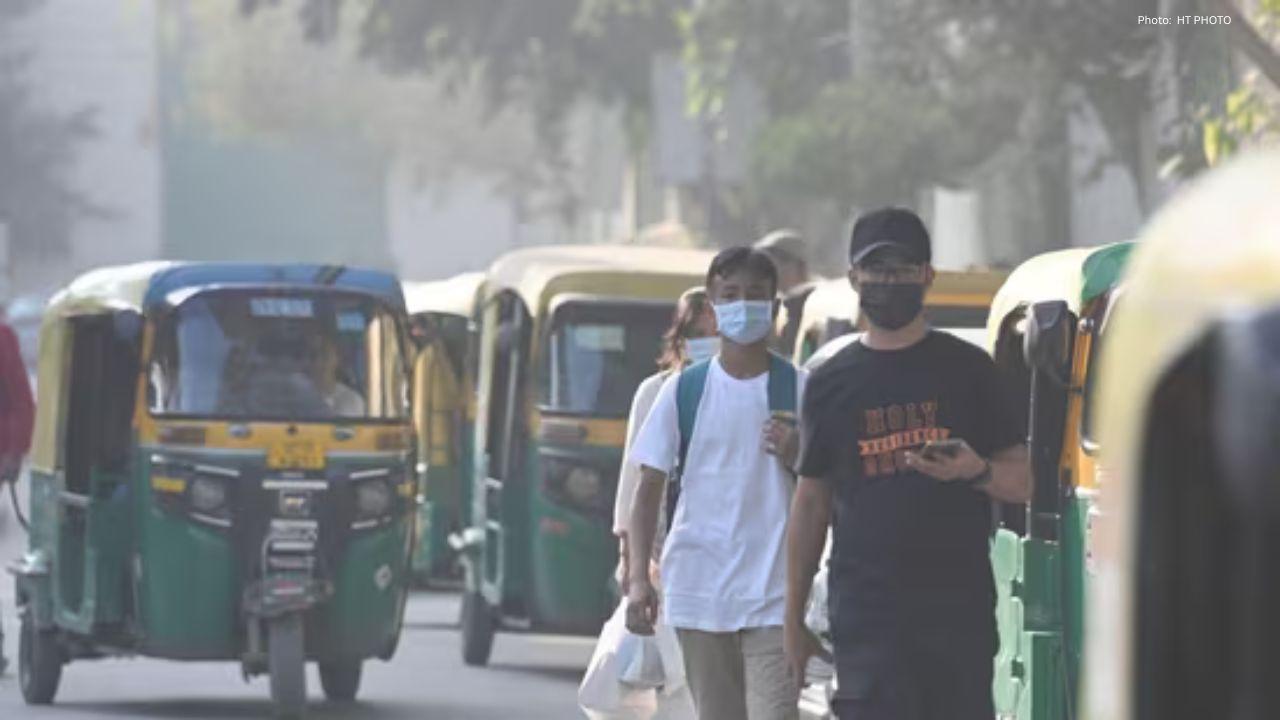




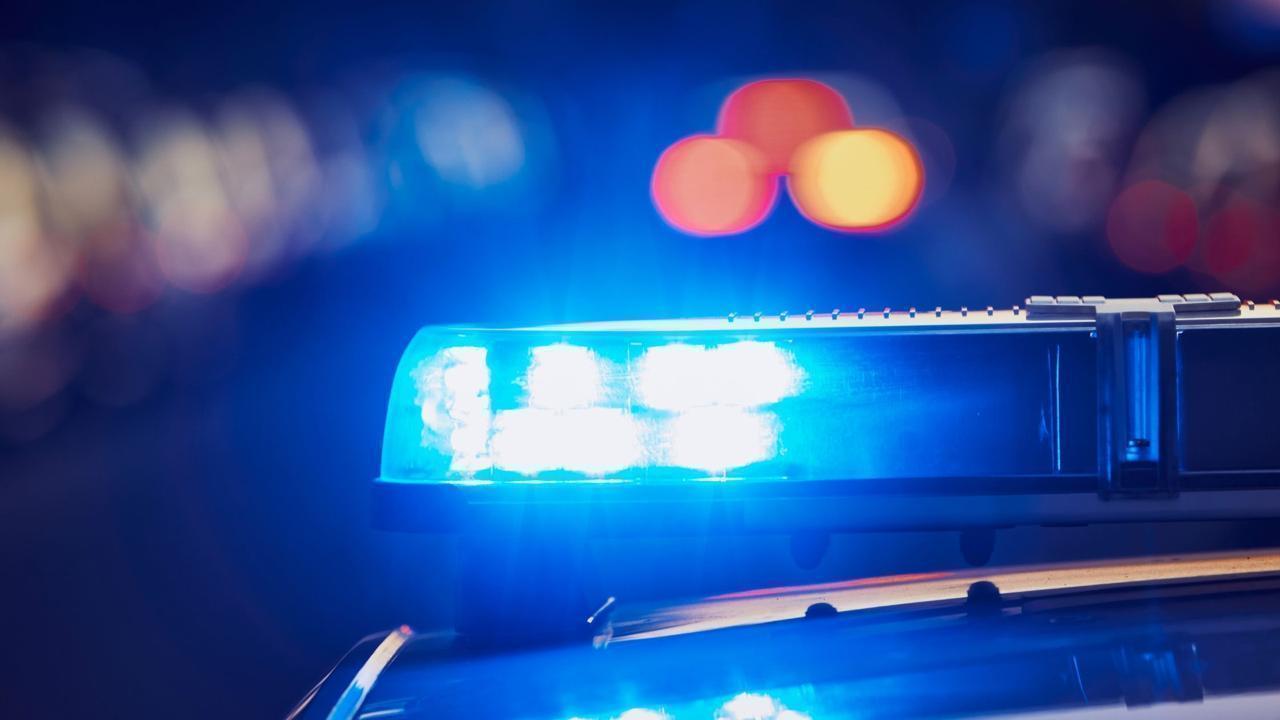



Zohran Mamdani Elected New York City Mayor; Victory Celebration Features Bollywood Hit
Zohran Mamdani wins NYC mayoralty, the city's first Muslim and South Asian mayor; victory rally even

Nita Ambani Cheers India’s Women’s World Cup Triumph
Nita Ambani celebrated India’s Women’s World Cup win with grace and elegance, cheering proudly in st
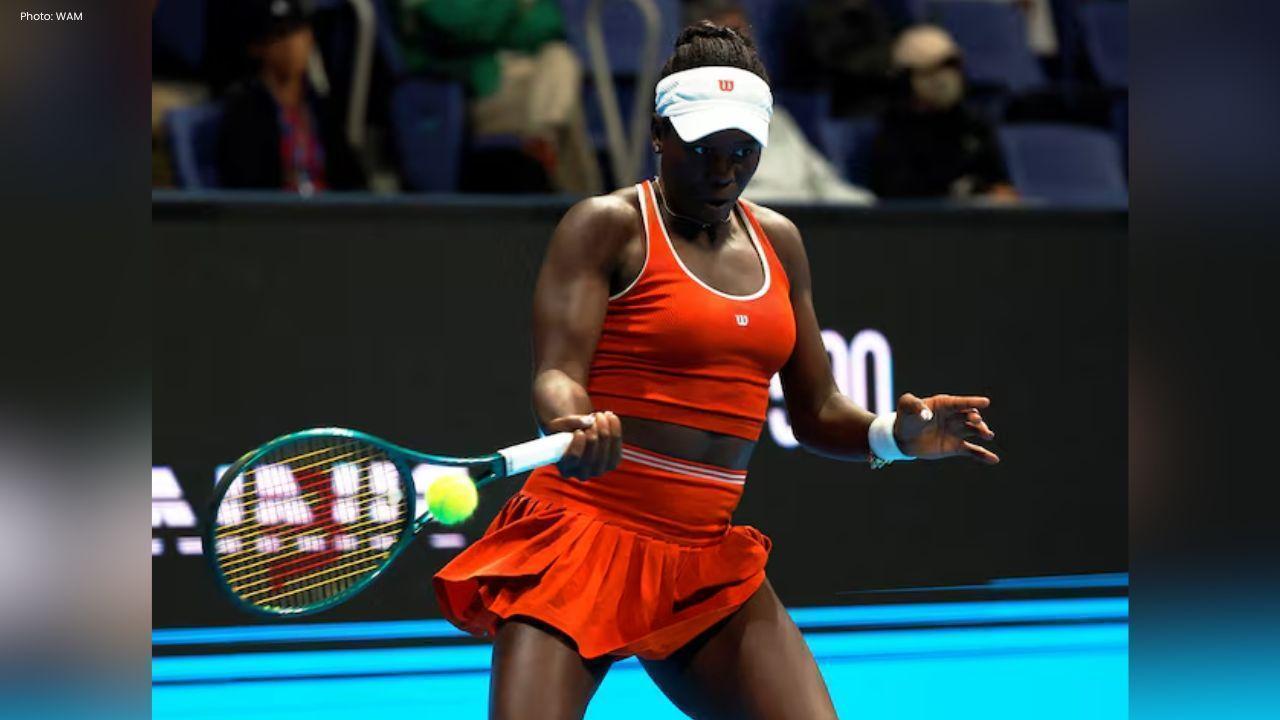
Victoria Mboko Wins Montreal and Hong Kong Titles
Teen tennis star Victoria Mboko wins Montreal and Hong Kong titles, defeating Grand Slam champions a

Suns Defeat Spurs 130–118, Booker Leads with 28 Points
Devin Booker scored 28 points and 13 assists as the Phoenix Suns ended the San Antonio Spurs’ unbeat

Wolves Remove Coach Pereira After Poor Premier League Run
Wolverhampton have dismissed manager Vitor Pereira after failing to win any of their first ten Premi
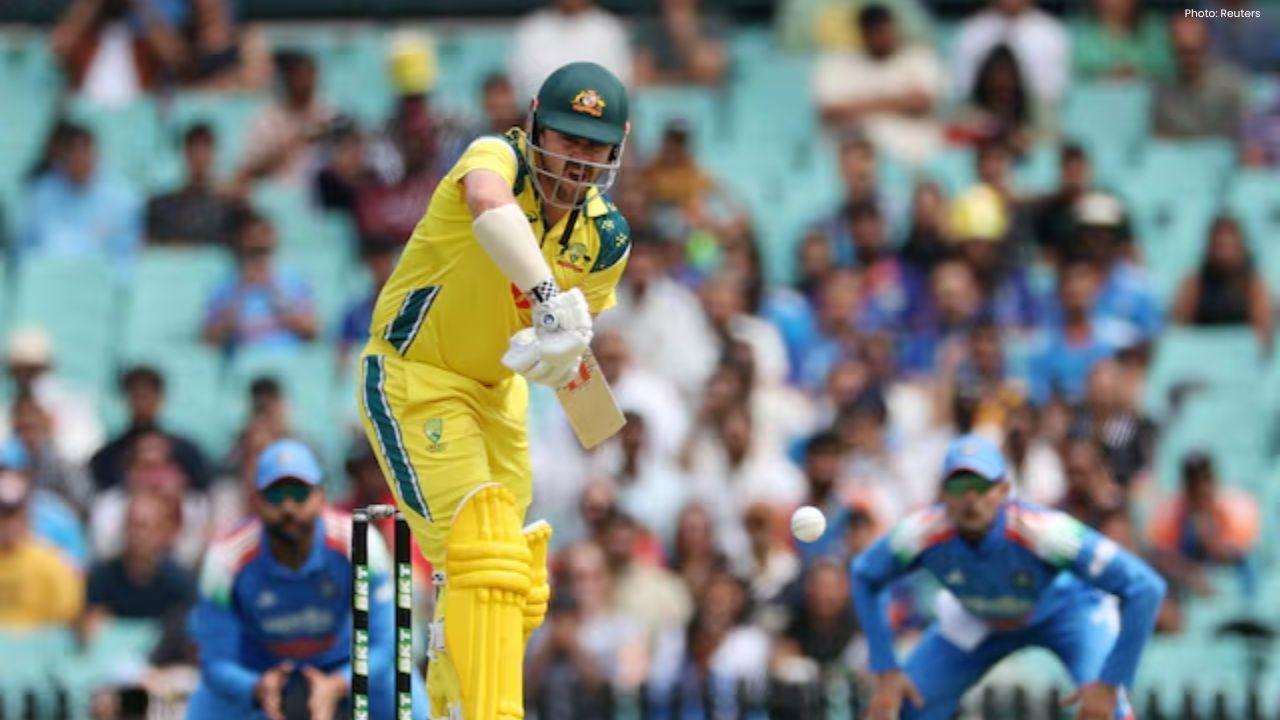
Travis Head Leaves T20 Squad For Ashes Preparation
Australia’s Travis Head leaves T20 series against India to join Sheffield Shield for red-ball practi